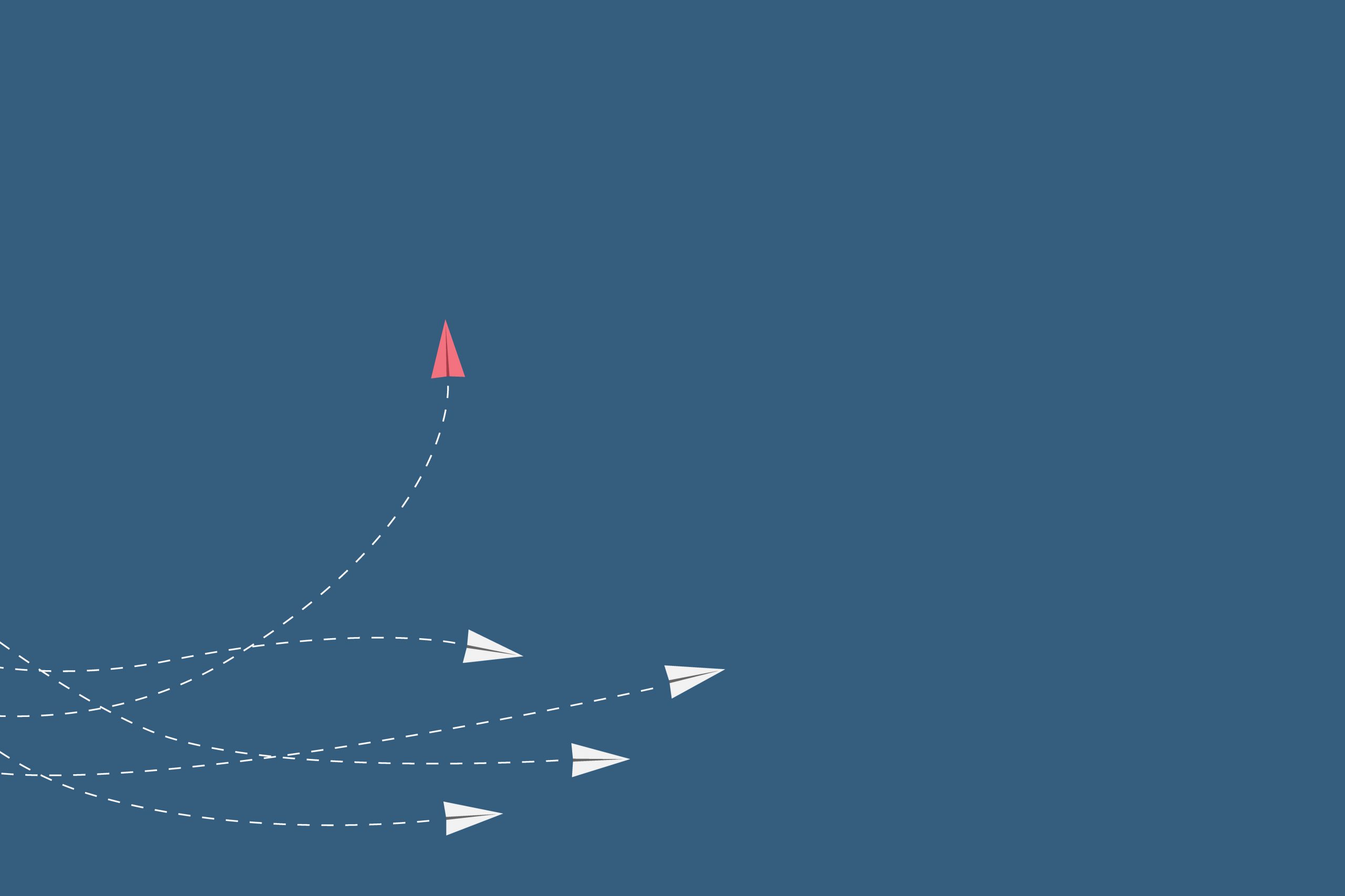
By Nigel Hunter

In a traditional B2B model, Manufacturers/Brands sell their goods to other organisations who then sell onto the Consumer. E-commerce is shaking up this traditional B2B sales model as it gives greater opportunity for the B2B company to reach consumers directly. D2C (direct to consumer) is no longer the exclusive domain of B2C brands; with many B2B businesses now selling directly to individual customers. If you’re considering this sales channel for your B2B business, where should you start?
Initial Considerations
D2C cuts out the middleman for B2B businesses, so while the cost of manufacturing doesn’t change, your margin can be higher on the D2C route, and it opens up channels directly to the end customer. These are often the largest drivers for a B2B company looking to switch to D2C. That said, there’s a lot of work needed in order to access that increased margin and the degree of work is determined but how digitally mature the B2B company is.
One initial factor is global reach; not every B2B company is in the position to fulfil D2C orders for every single product it supplies in a B2B world. The logistical model for providing other companies with certain volumes of a product is quite different to supplying a certain number of customers with just 1 of those items at a time across a large variety of countries.
A global B2B organisation might not be able to operate as a D2C logistically. For example, if they used a lot of 3pL (third party logistics) then it would be a massive system shock and very difficult to suddenly distribute globally themselves. Also, the ability to trade directly in some areas may not be possible without significant marketing expense depending on how well know the organisation is in those areas, e.g., Japan can a very difficult market to get into directly for a non-native Manufacturer/Brand. The amount of time and effort necessary to build a presence in some locations often outweighs the benefits of moving D2C there and so it’s important to choose which areas you want to start operating and shipping in carefully. Often, it’s best to start small and expand as you mature.
When considering Inventory B2B companies have inventory for their B2B sales model, which may have in itself different channels (salesman v online). When switching to a D2C company, consideration is needed for localised storage capability to support direct consumer shipment. Additionally, this may require separation of inventory between B2B and D2C businesses, which increases the number of logistics considerations. In a D2C model there is a new variety of consumer behaviour, with peaks and troughs of demand related to time of year or holidays.
Technology
The technology necessary for implementing this shift to D2C could be completely new to the company in question, in their previous B2B state they most likely had some kind of technology for their B2B sales and orders but in D2C they might need a completely new technology infrastructure. This could be a new website or a new order management engine.
In a B2B model the buying organisation often knows what they want, down to the product code and often buy things regularly. This buyer doesn’t typically focus so much on the product information. In the D2C model, robust and complete product information shown on a website is often key to consumers identifying what they want and completing the sale. When assessing the technology requirements for the D2C model, these factors need to be considered, especially in relation to how an organisation manages their product data.
The technology they implement to upscale into D2C will depend almost entirely on their starting point; the more digitally mature a company is the less initial effort in getting the D2C model off the ground.
Payments for purchased goods can often be a whole new consideration when moving to a D2C model. In the B2B model, payments are typically based on account and invoices, and so are handled in the Backoffice. There are a certain number of payments every month to be invoiced under whatever contract terms are involved for specific buyers. In a D2C consumer world, people buy things there and then, so any company moving from B2B to D2C must ensure they have an adequate payment gateway/provider to support online payment. This can cause additional financial reconciliation for the business and comes with its own host of challenges including choosing the right partner for them.
Organisation
On a consumer level, product information and product imagery are very important in the online journey. When switching to D2C, a company needs to consider whether they have the data to meet consumers expectations and if not, how they will manage this moving forward. Sometimes special consideration is needed in relation to product imagery, especially as this may require using a third party to produce and edit the necessary images
All of the hallmarks of a normal B2C organisation have to be considered and potentially built from the ground up to switch to the D2C model. This applies not just at a technology level but also in how the organisation has to evolve its internal operating model. You need people who can manage the demands of a D2C business, which may require creation of new operational teams, depending how digitally mature the B2B organisation is.
This requires an examination of current operational practices and an evaluation of what you have and what you don’t, and how you can adjust current practices to fit the D2C model. That said you don’t have to do it all yourself, you can potentially outsource some of these things, especially in the initial transition. Additionally, how you categorise a product in a B2B perspective may not be how you categorise it in a D2C perspective as consumers browse things differently and this has to all be accounted for and reflected in your organisational structure.
Another big consideration that can impact organisations is managing returns in the D2C model. In a B2B model, the return is often handled mainly by the B2C organisation who sold you product to the end consumer. In a D2C model, the consumer purchases from you so will expect you to be able to handle the return from start to finish. You potentially need to create the whole process for managing returns, which includes online capability to allow consumers to request a return, logistics processes to handle the returned goods (determine if its resalable, what to do with the item if it isn’t resalable) and create the financial system refunding a customer.
Additionally moving to a D2C model can necessitate the creation of a customer service centre to handle direct communication from the customer, depending how the B2B organisation works. This can be outsourced to a third party if necessary.
As a whole, an organisation needs to evaluate what operational services and capabilities need to change to support a D2C model and which of these (if any) you wish to outsource.
Marketing and Merchandising
Sometimes there can be a requirement to create a different outward facing brand in a D2C world, which is distinguished against your B2B brand. This may come down to legalities and sometimes the relationships with your B2B partners.
Other considerations are how you aim to market your D2C model to attract consumers, which may come down to your brand power. For example, you can buy Nike products direct from their website, but you can also buy Nike through other retailers. When introducing D2C, a B2B brand needs to consider how they want to handle their existing B2B relationships with wholesalers and other B2C companies who sell their products.
Advertising and Marketing in a D2C model is focused on the consumer, which is different to the same activity in a B2B world. Often B2B organisations have account managers who seek out clients to sell to in particular areas, which can form part of a B2B marketing approach. In the D2C model that doesn’t exist. D2C marketing can be a large consideration when moving to the D2C model and may require making use of additional specialist partners depending on the existing capability in the B2B organisation.
Introducing a D2C model involves a large number of considerations, no matter your level of digital maturity, need help working out what yours will be? Talk to us today.